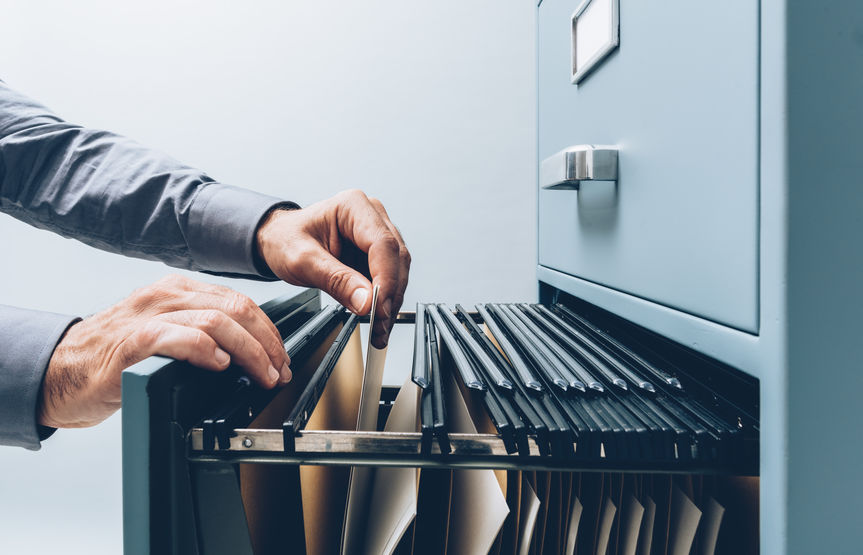Linear rails play a vital role in all contemporary machinery as they provide smooth, accurate, and dependable movement. Their performance depends on proper installation, whether they are applied in automation, robotics, or heavy-duty manufacturing equipment.
Even a minor slip-up in setup can contribute to premature wear, misaligned equipment, or a total system breakdown. To maximize your use of your equipment, watch out to avoid these seven common mistakes in the installation of linear rails.
Top Most Common Errors To Look for While Installing Linear Rails
Several mistakes are often made when installing linear rails, especially heavy-duty telescopic slides. Below are some of them and how to easily avoid them.
Lack of alignment
The failure to use proper rail alignment is one of the most common errors in the process. Minor distortion can easily lead to friction, unbalanced loads, and more rapid wear. To ensure parallelism and squareness, always use precision measuring tools to tighten the rails.
Excessively tightening or loosening of bolts
Maladjusted torque during the placing of rails may bend the structure. Binding up too tightly might cause the rail to bend, and conversely, untightening it might cause vibrations and instability. Correct fastening is achieved by following the guidelines of the torque specifications provided by a manufacturer and using a calibrated torque wrench.
Bypassing the surface preparation
Linear rails must be anchored magnetically on a flat and stable dry surface. Make-up, sweat, dirt, rust, or rough surfaces result in lost contact, gap generation, and instability. Carefully clean and level the installation base to ensure maximum rail support.
Neglecting lubrication
Lubrication plays a major role in reducing friction and wear. Certain installers believe that factory lubrication is enough, but sometimes. Further lubrication is also important after the installation process. Use the right lube and use a scheduled maintenance regimen.
Improper cutting or alteration of the rails
Occasionally, rails are chopped or changed to accommodate things design-wise. The rail may get damaged due to improper cutting, which may result in various performance problems. Where changes are inevitable, then use cutting tools of high precision and deburr with great care.
Ignoring the load distribution
Linear rails are developed to carry loads in particular manners. Too much weight or improperly distributed weight between the rails may bend, misalign, and wear down more rapidly. Distribution pallets evenly throughout to promote maximum performance.
A lack of post-installation testing
Oftentimes, the installers fail to make a final test run.] Unseen problems such as inconsistent movement, noise, and resistance can go undetected until they have caused severe breakdowns. Test runs should also be done to ensure that there is smooth, consistent operation before the equipment is fully operational.
Conclusion
Linear rail installation does not seem difficult, yet it is still possible to have expensive mishaps by ignoring minor details. Proper alignment torque, lubrication, and a good distribution of loads will guarantee you optimal performance and a long-life linear motion system.
A proper installation not only safeguards your investment but also ensures predictable performance in the harsh industrial environment. Finally, you should reach out to a manufacturer of industrial telescopic slides and linear guide rails for a customized product.



































